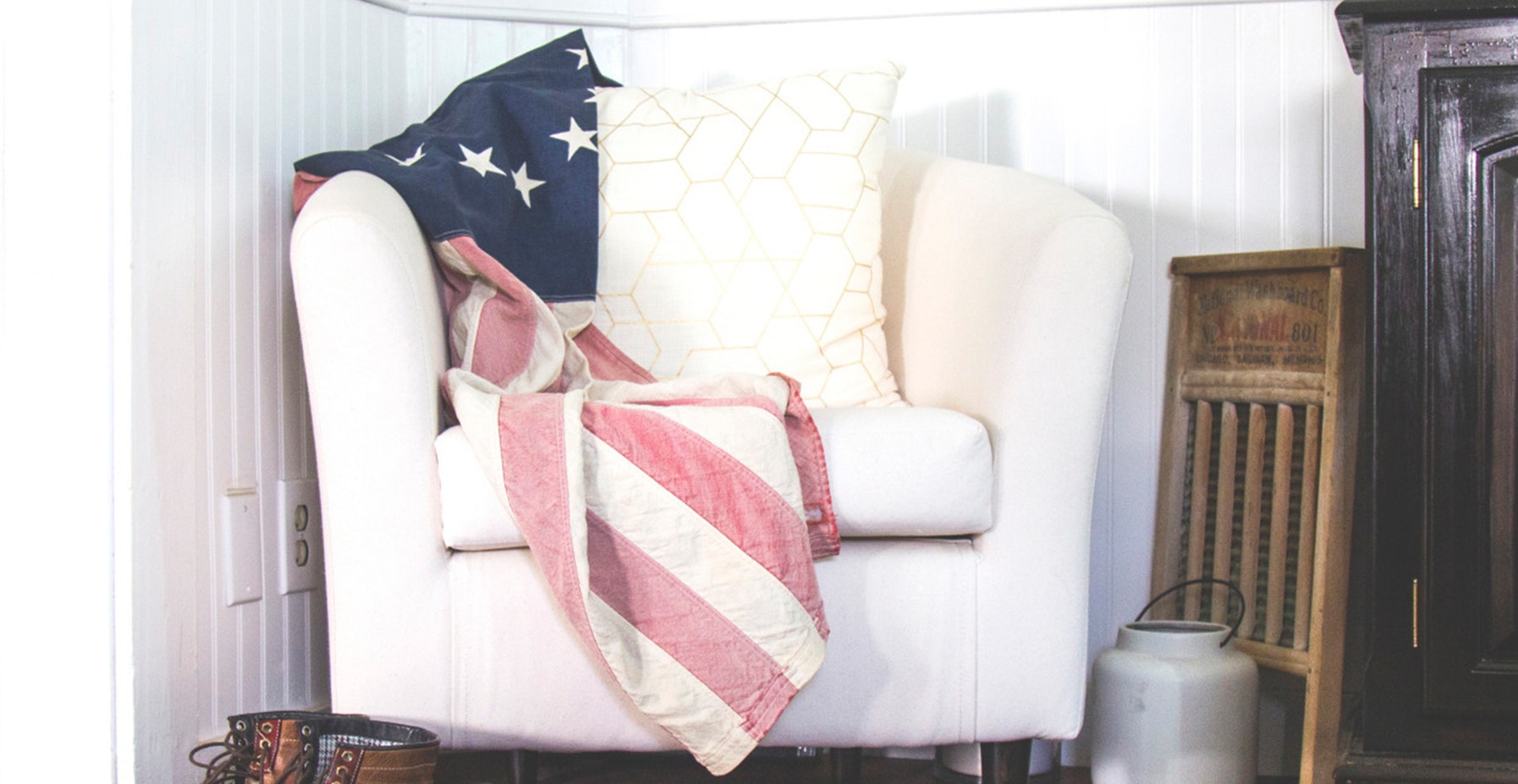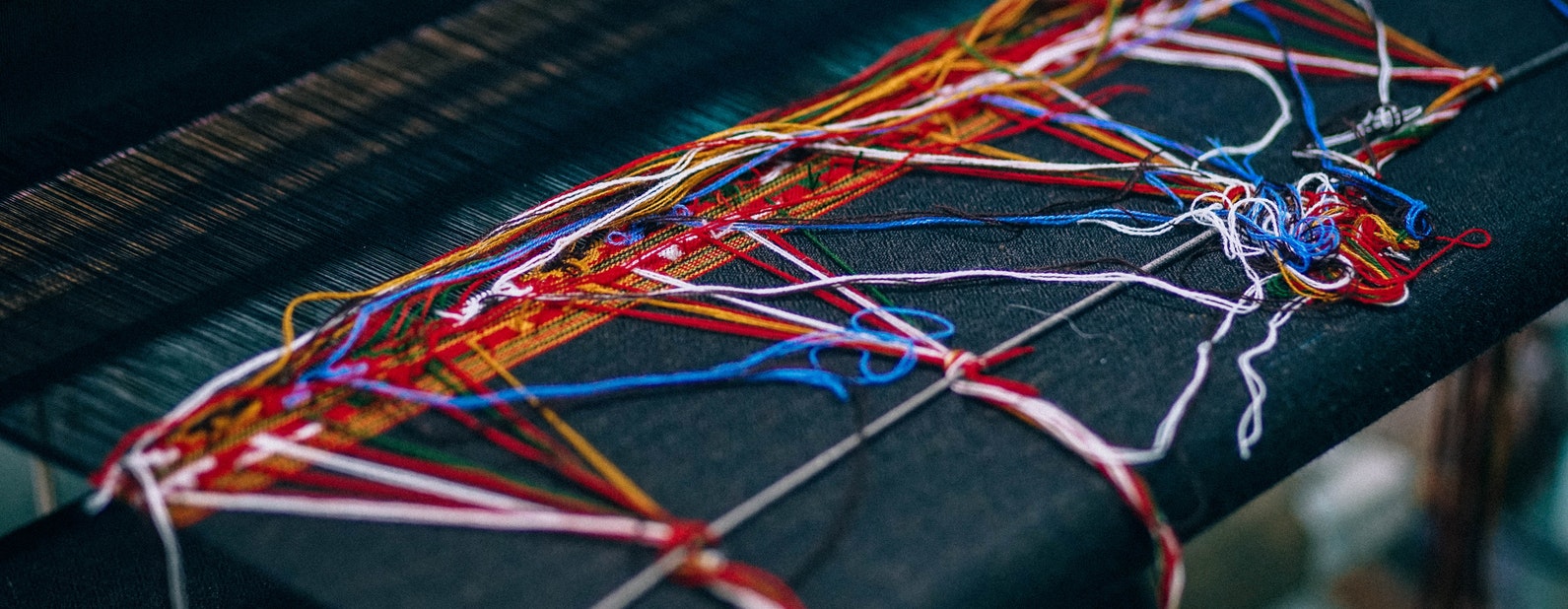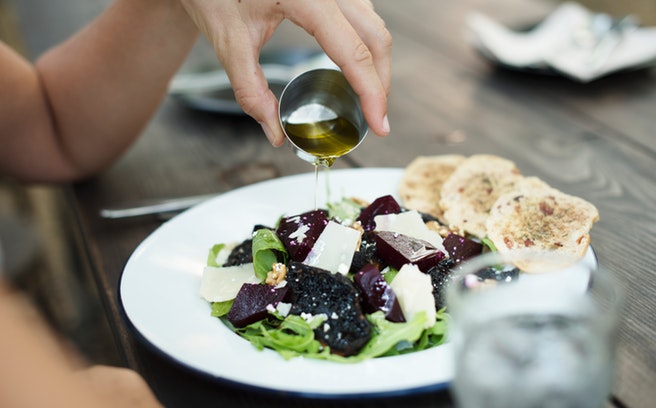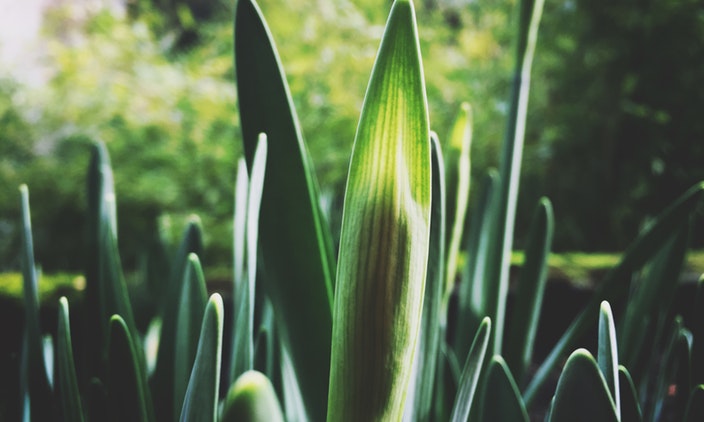The First Stitch

After my first kit I realized that, even though it had been a lot of work, I really didn't dislike quilting. So while that is how I ot introduced to quilting, it really isn't how I got started. I got started by researching the English Paper Piecing technique and in the process.
Just do a Google search and you will find links to tutorials and a wide selection of precut paper pieces for sale. If you do not want to buy the papers, they even provide an 8.5 X 11" template for you to print on card stock and cut out your own!
I'm currently working on a grandmother's flower garden quilt right now. It's a long work in progress because I'm doing English paper piecing. Warning, English paper piecing is addictive!
This one is for skilled quilters but you can get templates from paperpieces.com as someone mentioned. The website has instructions on how to do it too. But here is what I do. I got a handheld punch cutter from JoAnn's in the scrapbooking section, it's a Fiskers XL hexagon.
Then I got some cheap cardstock from the same section and I punch my own.
I have branched into the hand sewing/quilting world with ease, and mastered it so well in about a year, that I have led classes on the subject. You will not believe how simple it is. Plus, with a little preparation, you can take your project anywhere and sew in "stolen" moments rather than making available the huge blocks of time necessary for machine piecing. I always reuse my papers and I never baste through the paper so I don't have to remove the basting stitches, because I'm lazy. Even lazier, I've been glue basting with Elmer's washable glue sticks.
There are tutorials on YouTube for EPP which are helpful to really understand the process.
If you machine piece, the hexagons will require you to master the Y seam for the grandmothers flower garden pattern. I prefer the fast method of whip stitching but you will see some stitching using this method so you will want matching thread.
Notes

Glue Baste vs. Thread Baste
I will say this, glue basting is faster and easier on your hands. However, if you think it will take months or years to complete the quilt, you might prefer the more secure thread basting method. Over time your basting glue may become brittle and cause the fabric to loosen or detach from the paper pieces, especially if exposed to extreme temperatures during transit or storage.
Of course poking holes in the edges for thread basting will do its own damage to the papers during each use as well. If interested; you could leave the papers inside the quilt for added loft.
It is simple to thread baste through cardstock.
But be warned, it will make your needles very dull very fast.
Removing the basting is not such a big deal if you take very large stitches. In a one inch hexie, for example, I will only take one stitch per corner.



